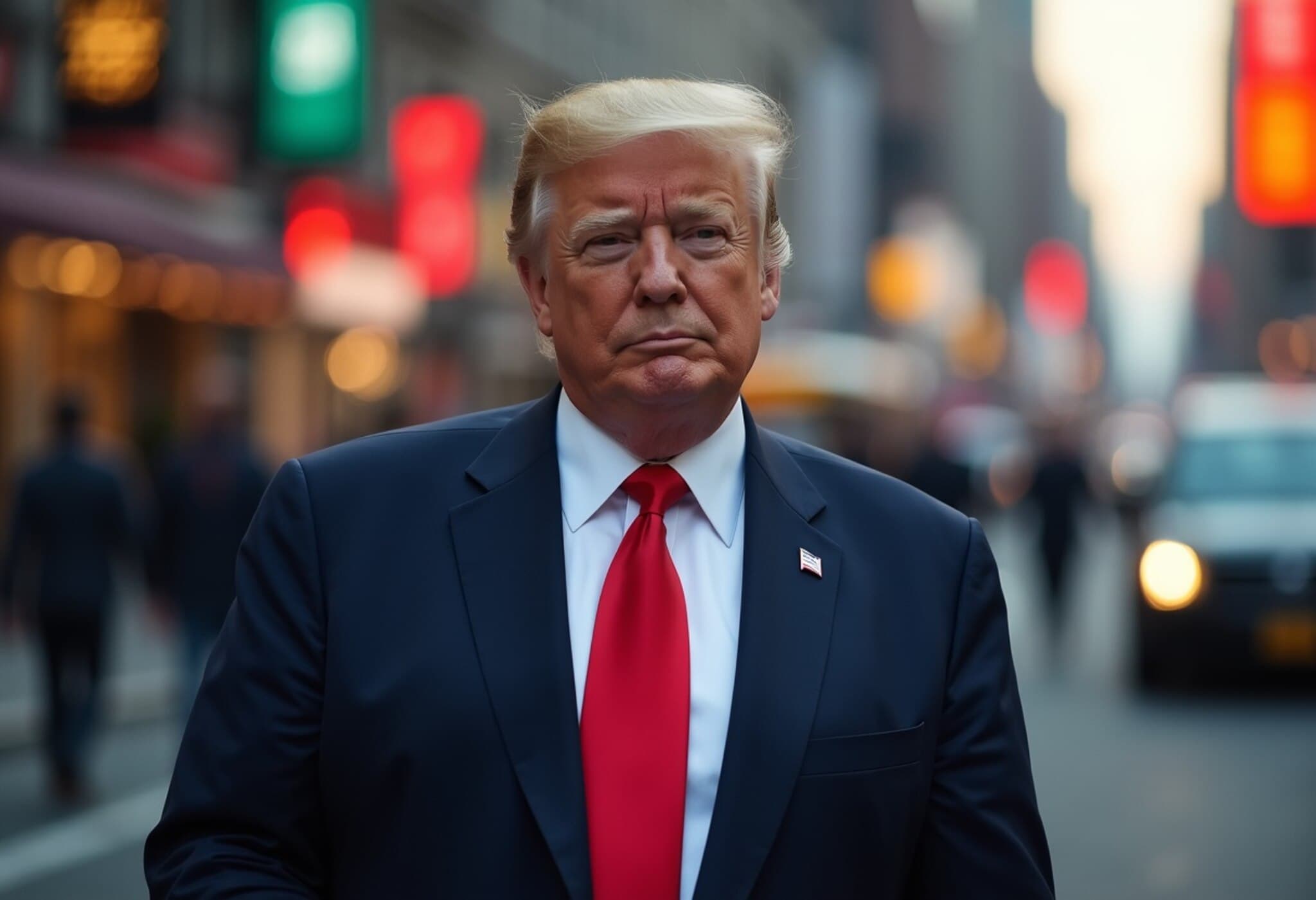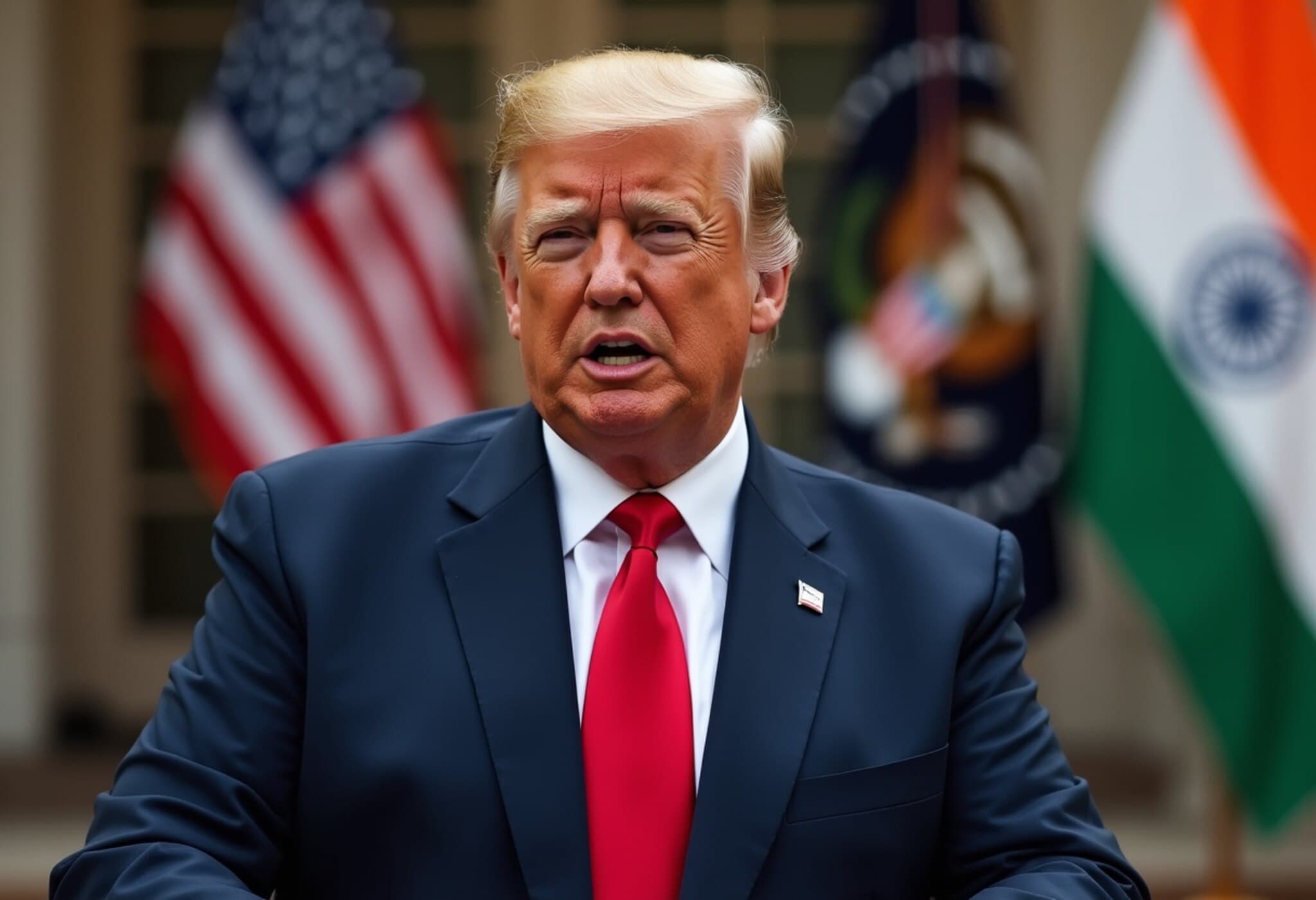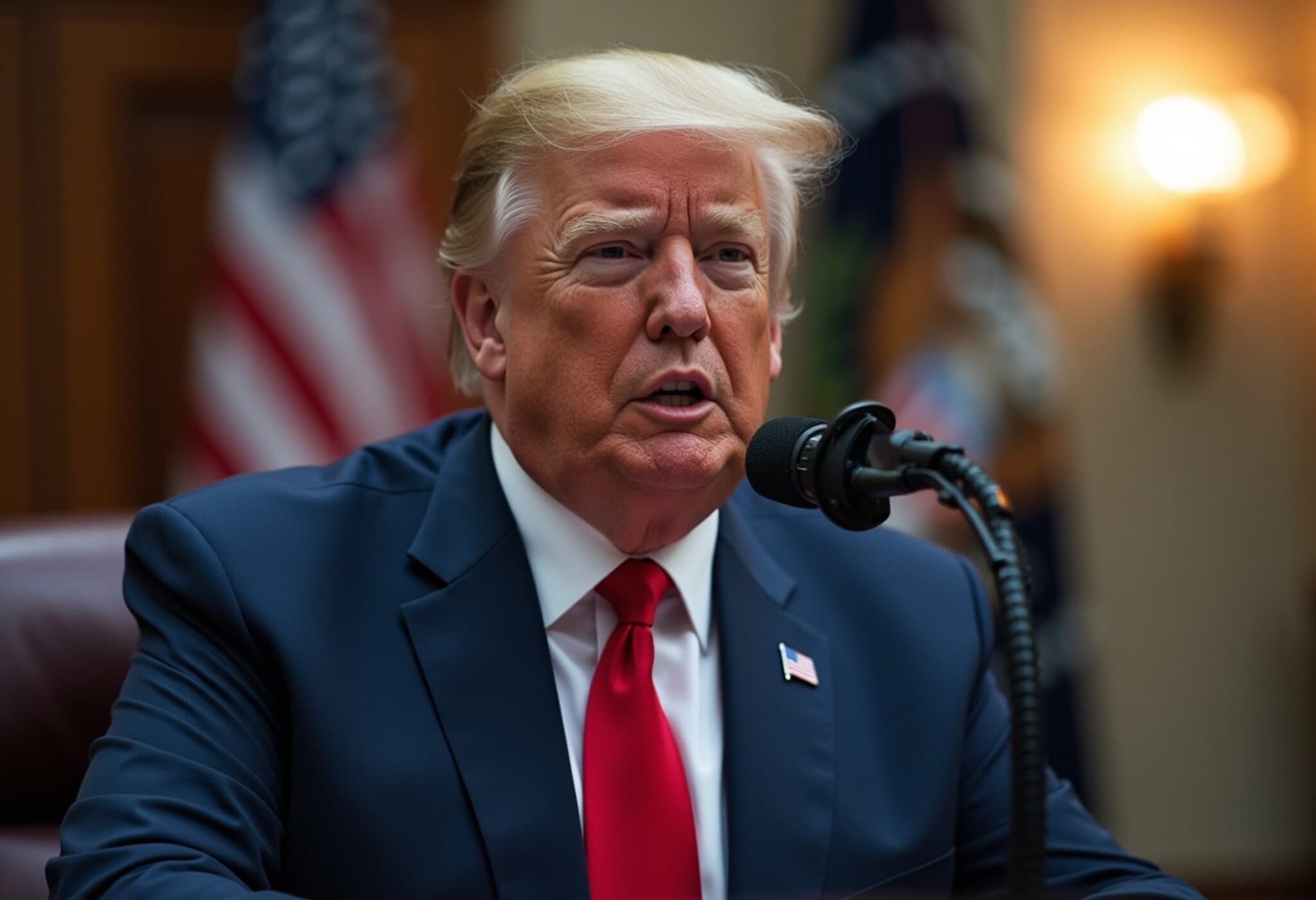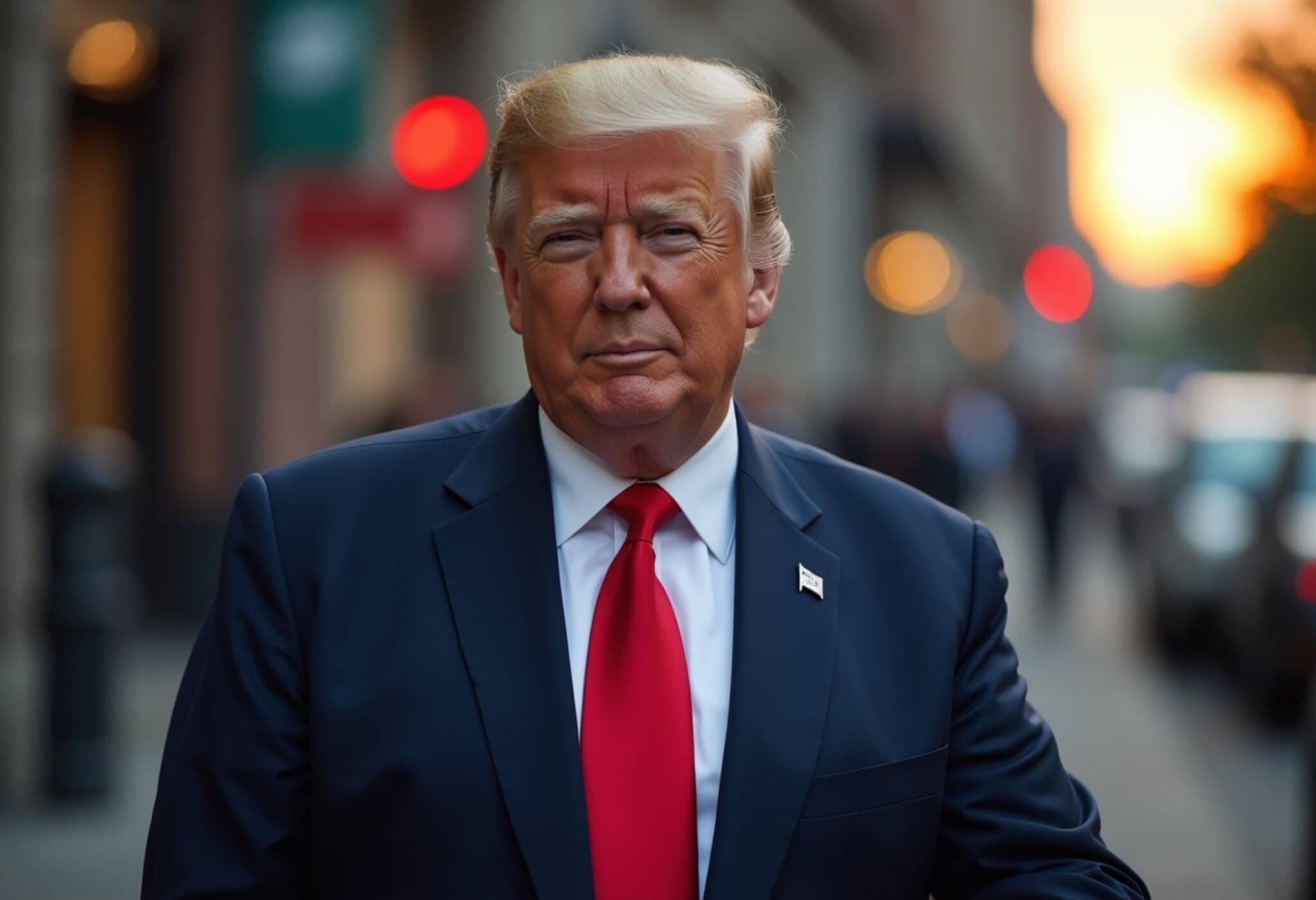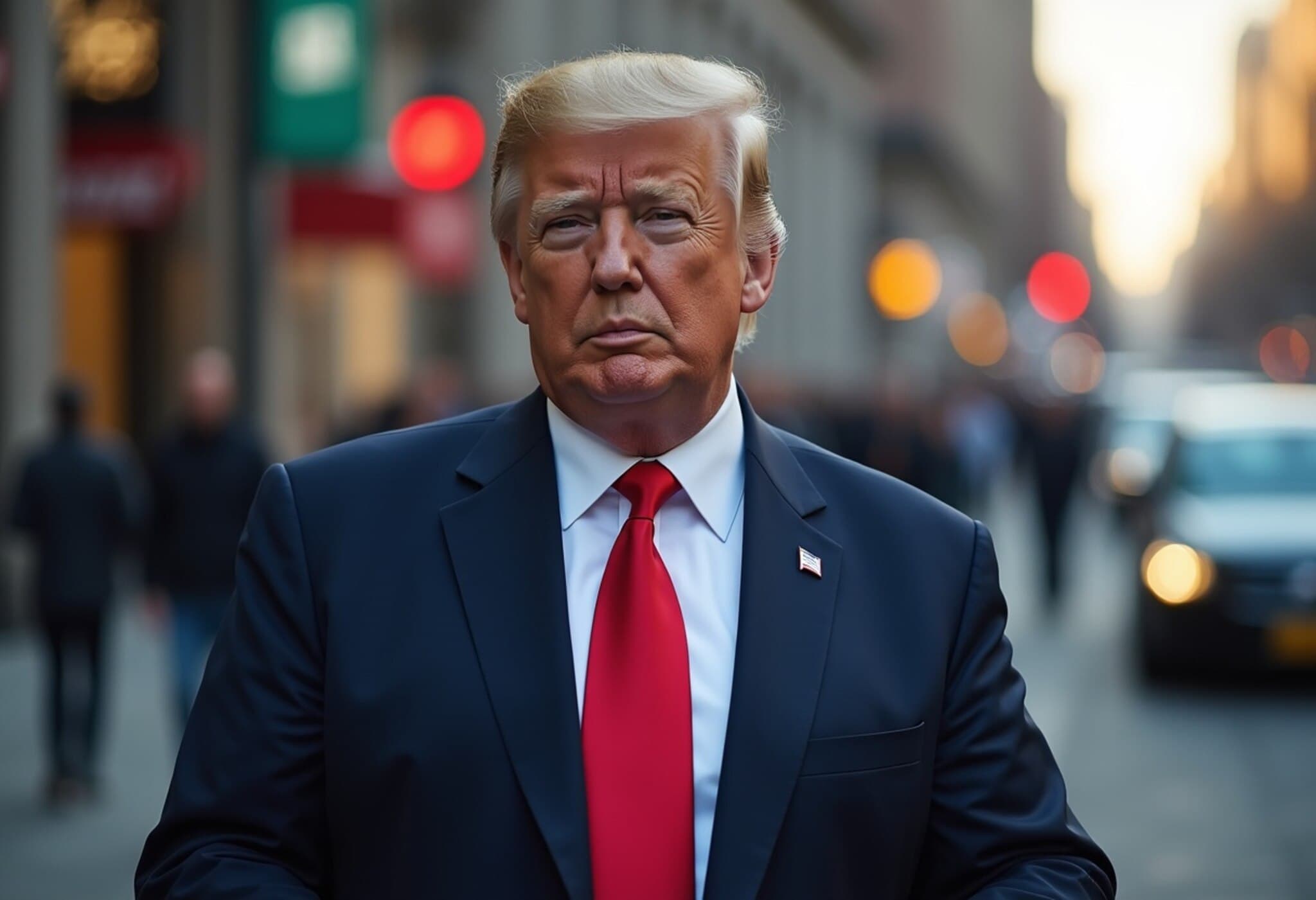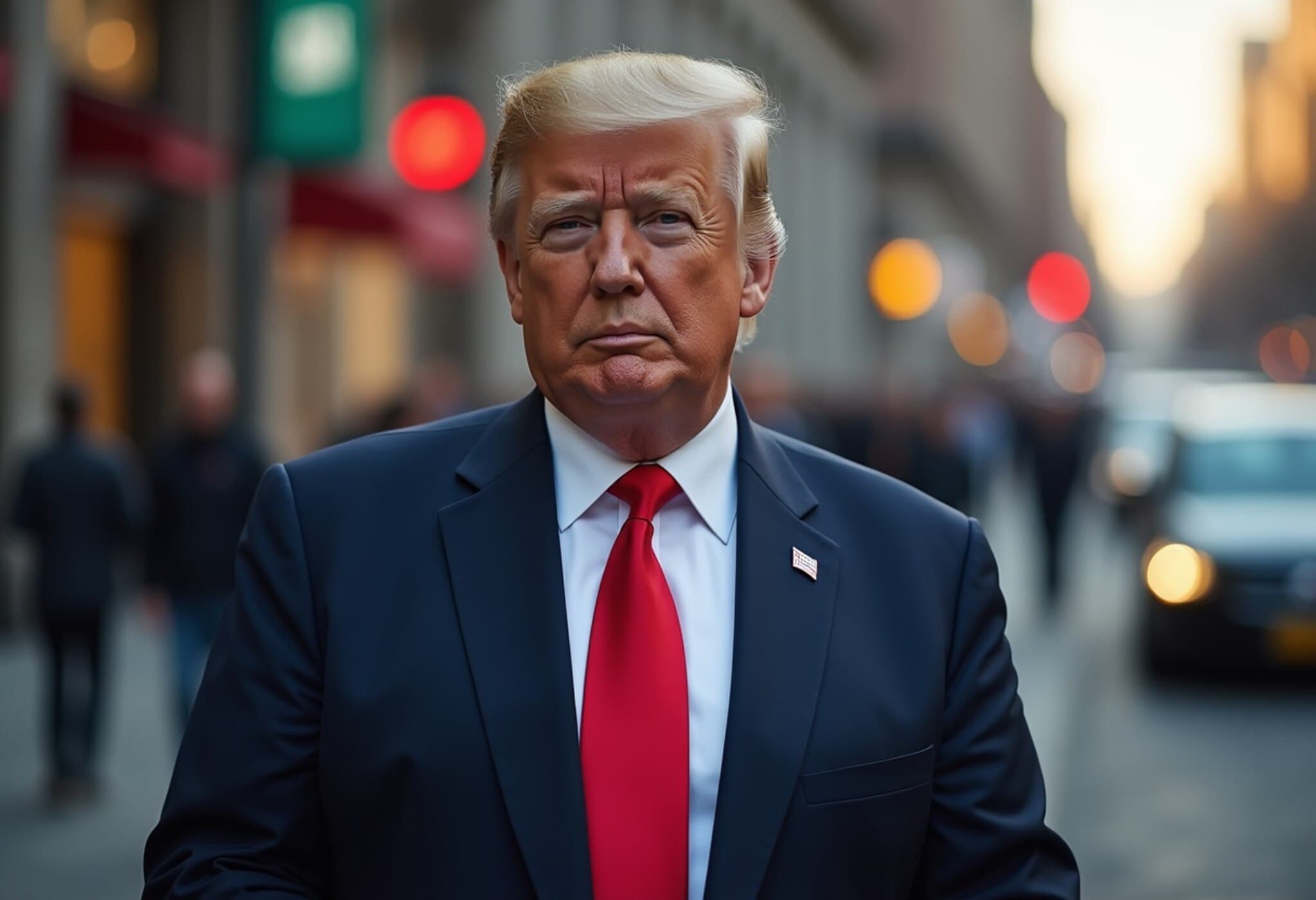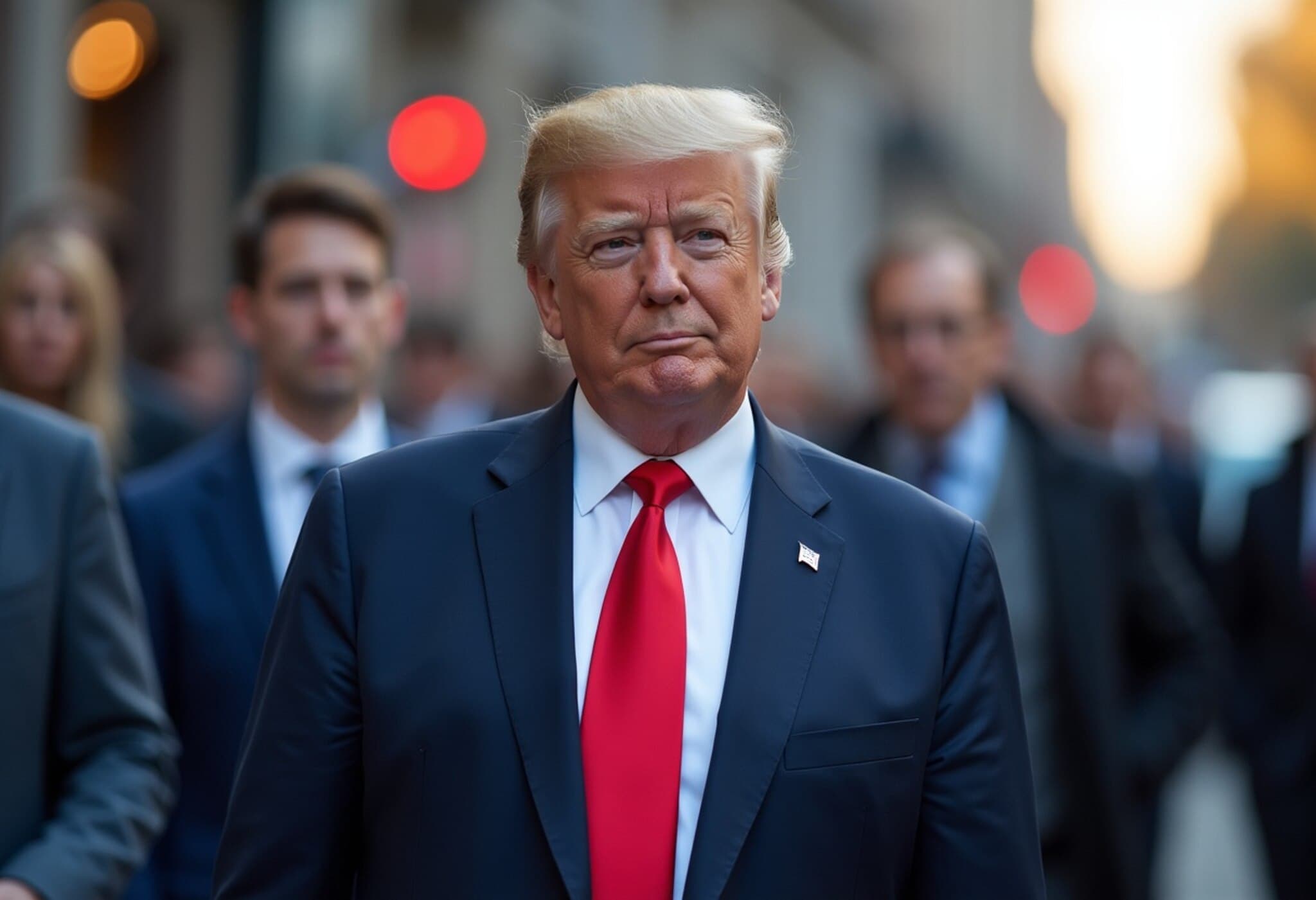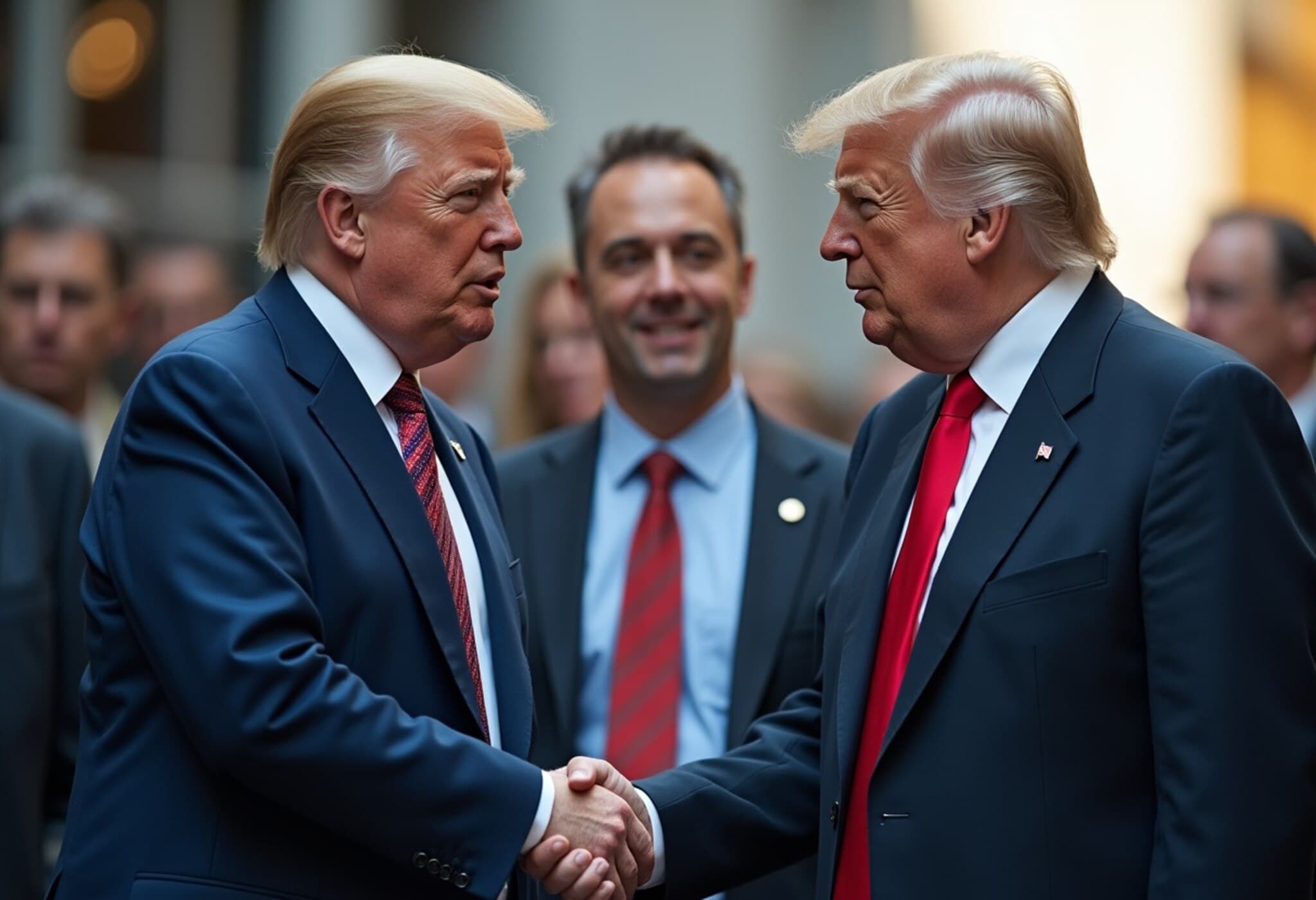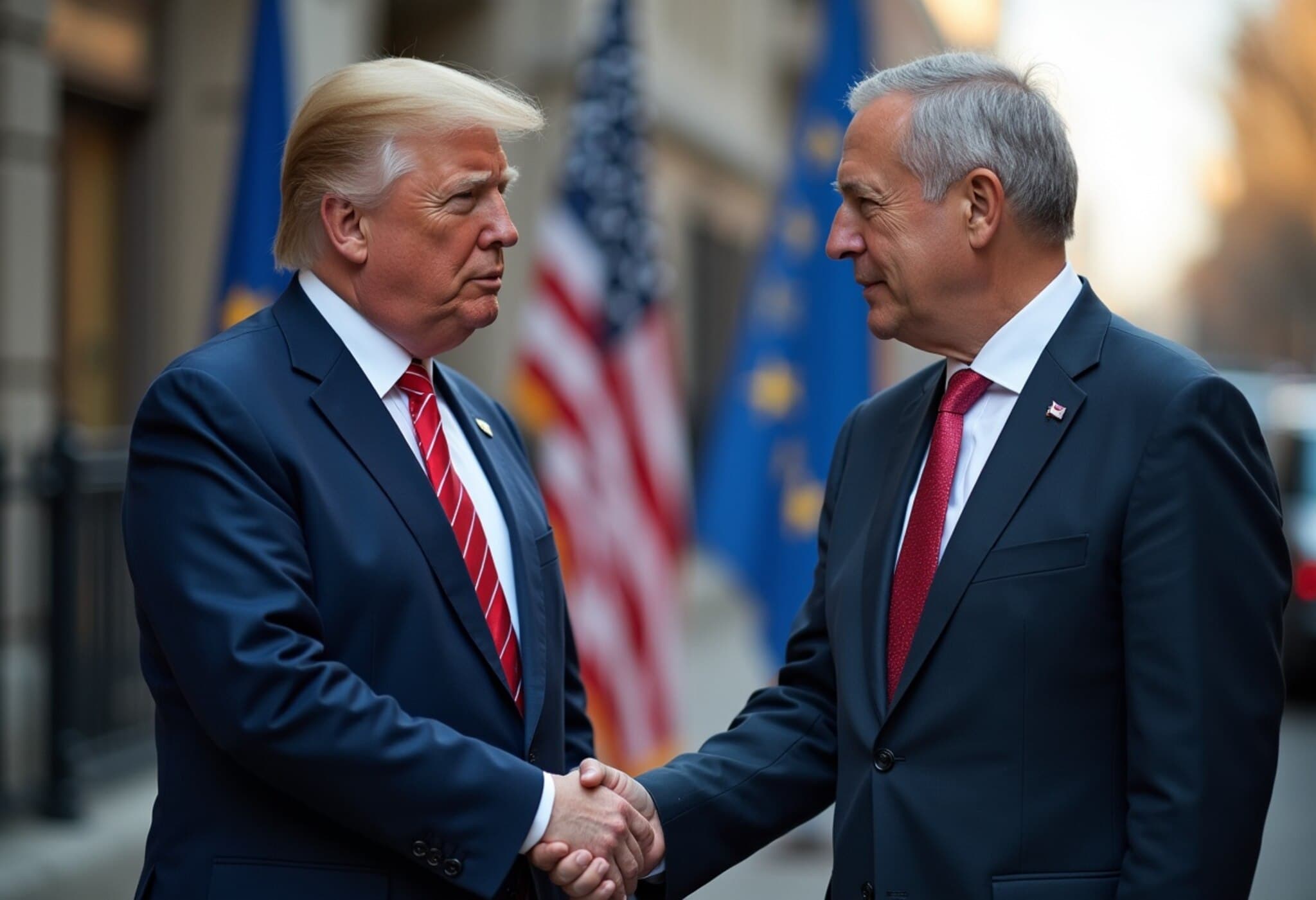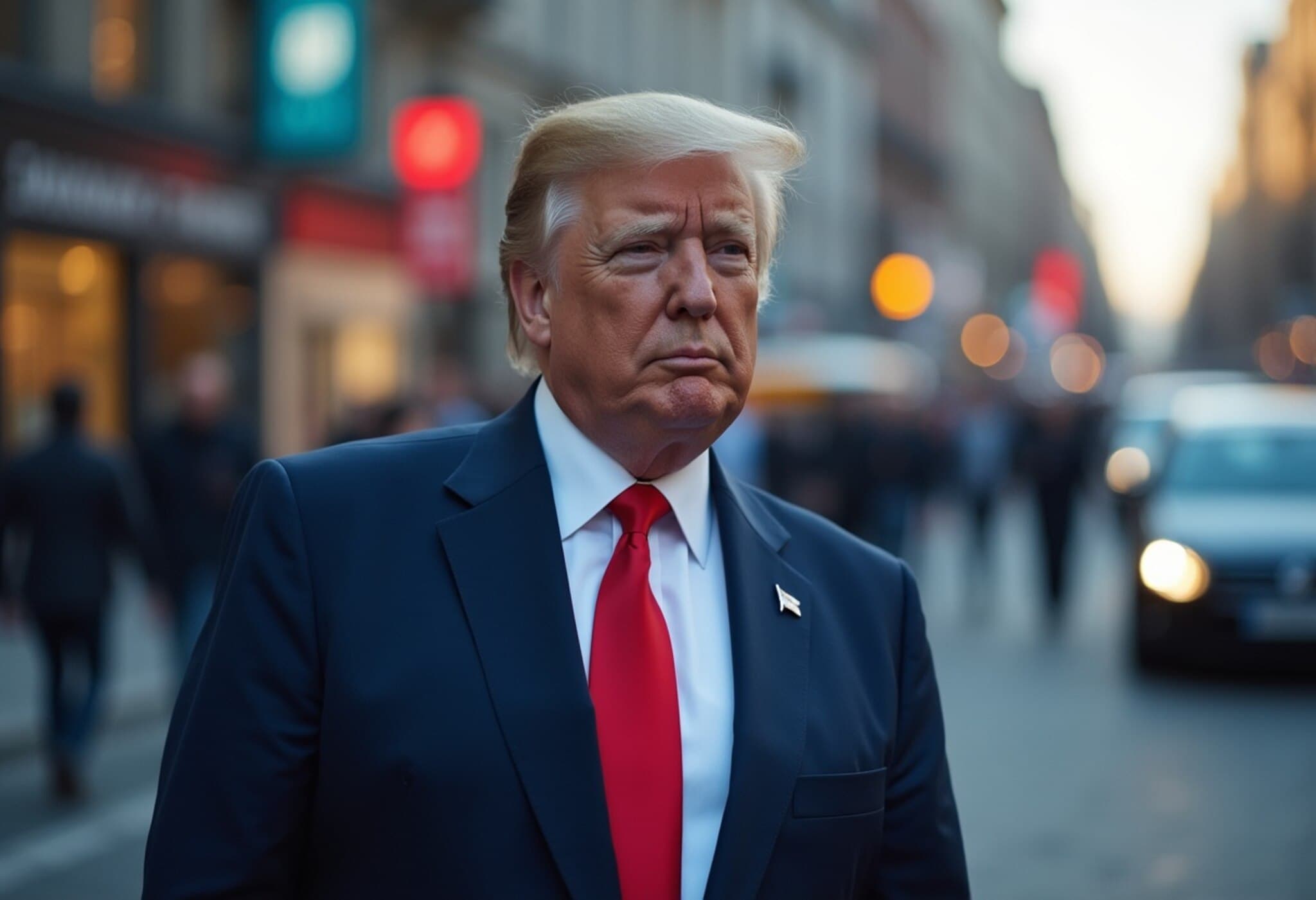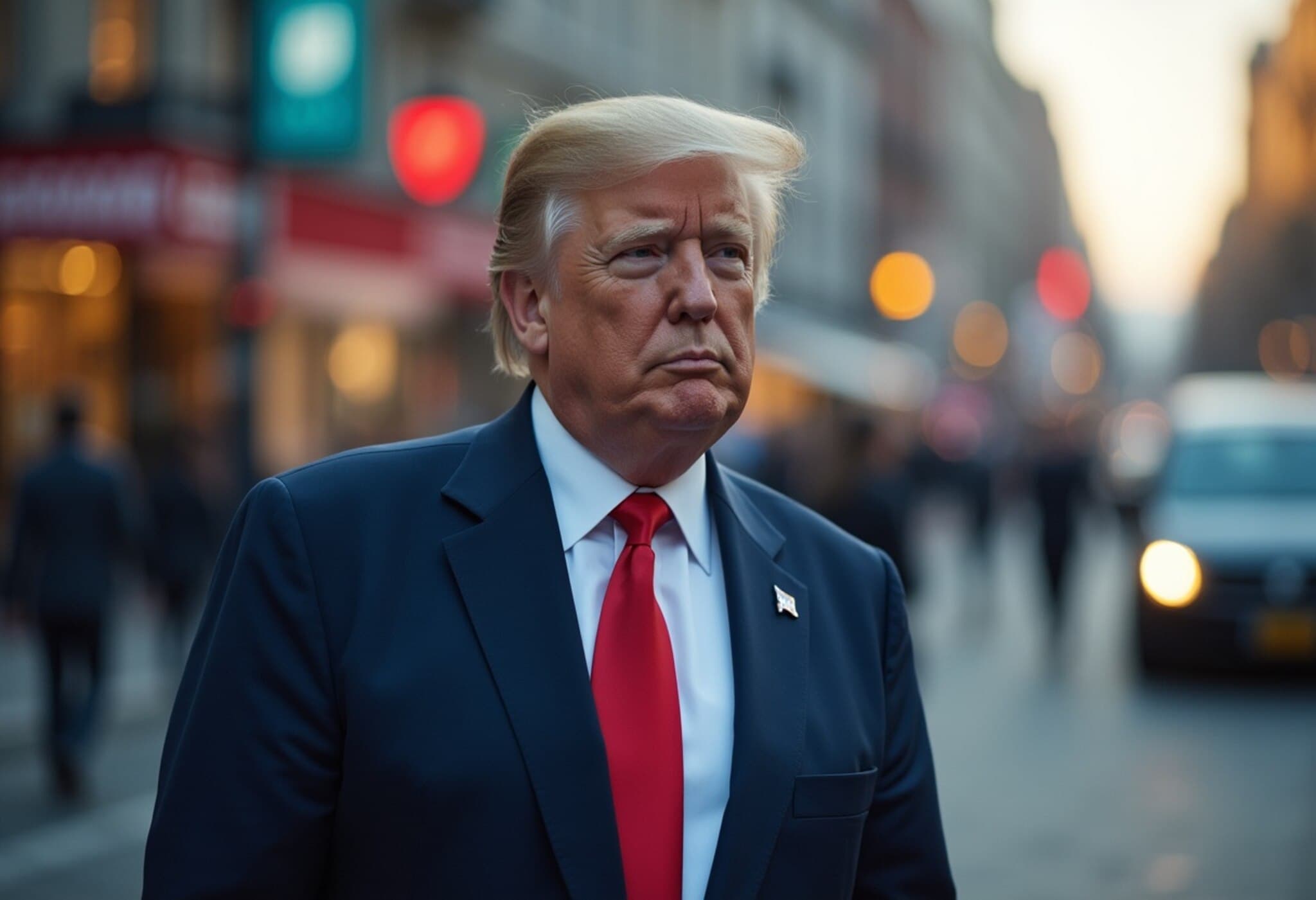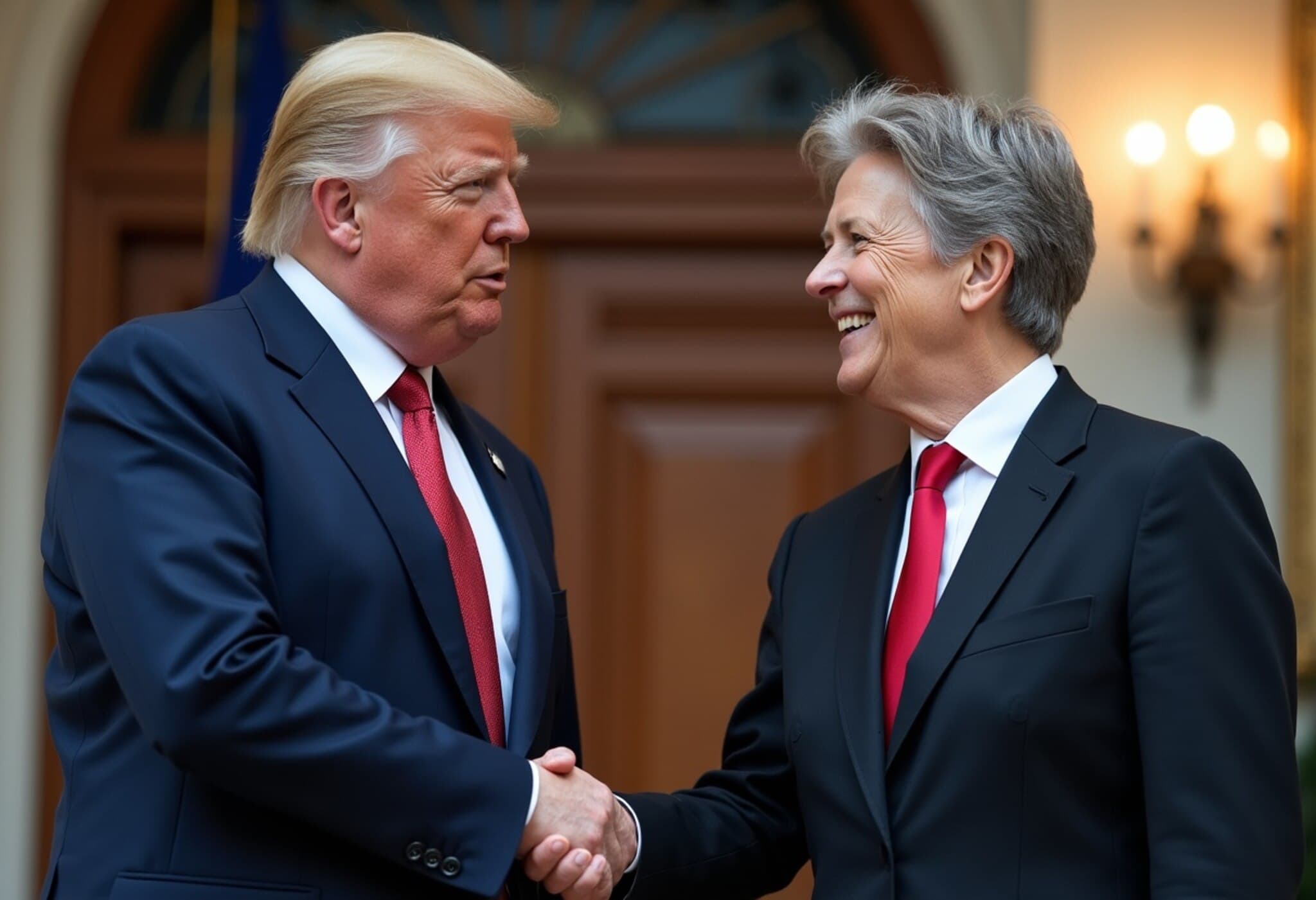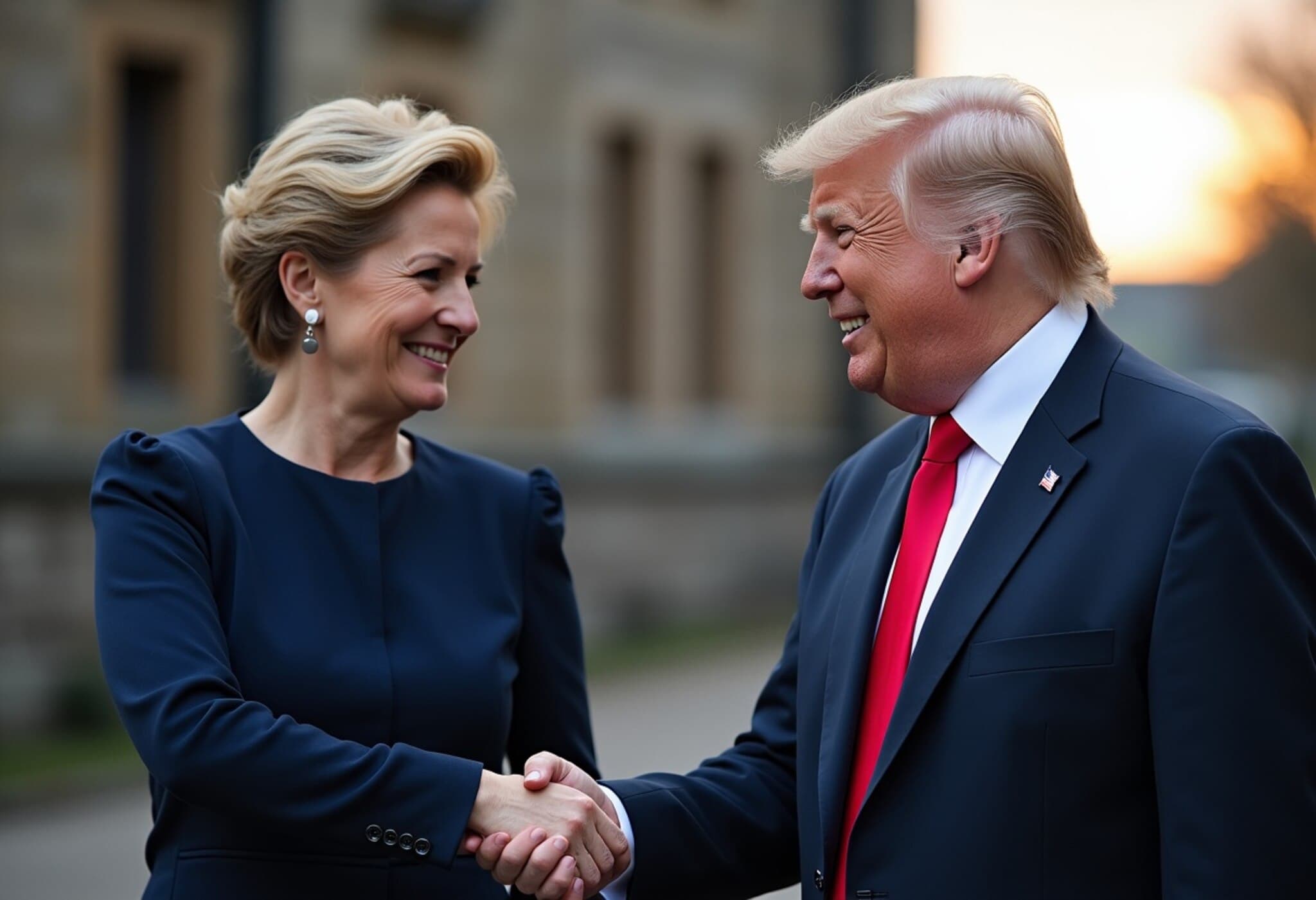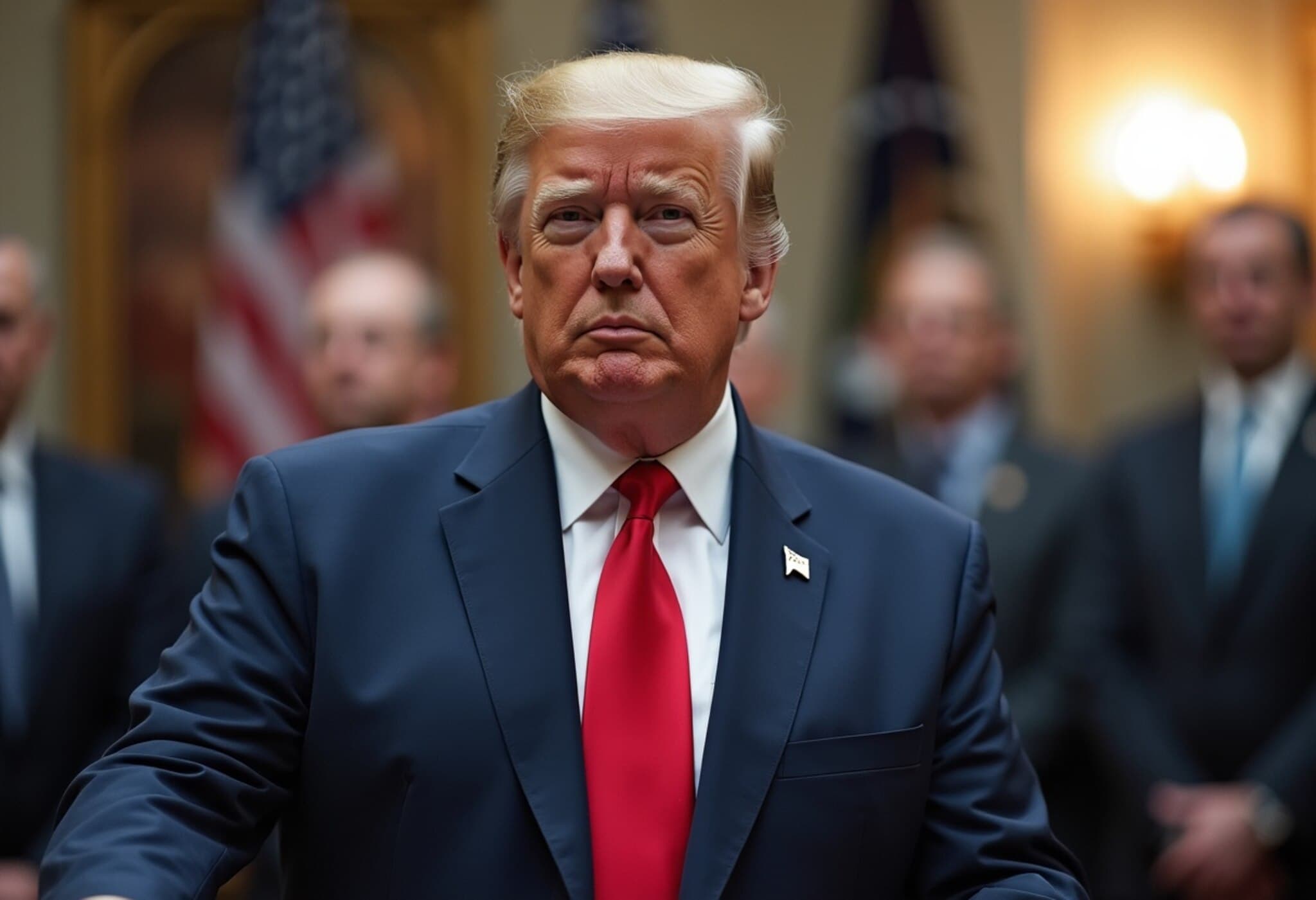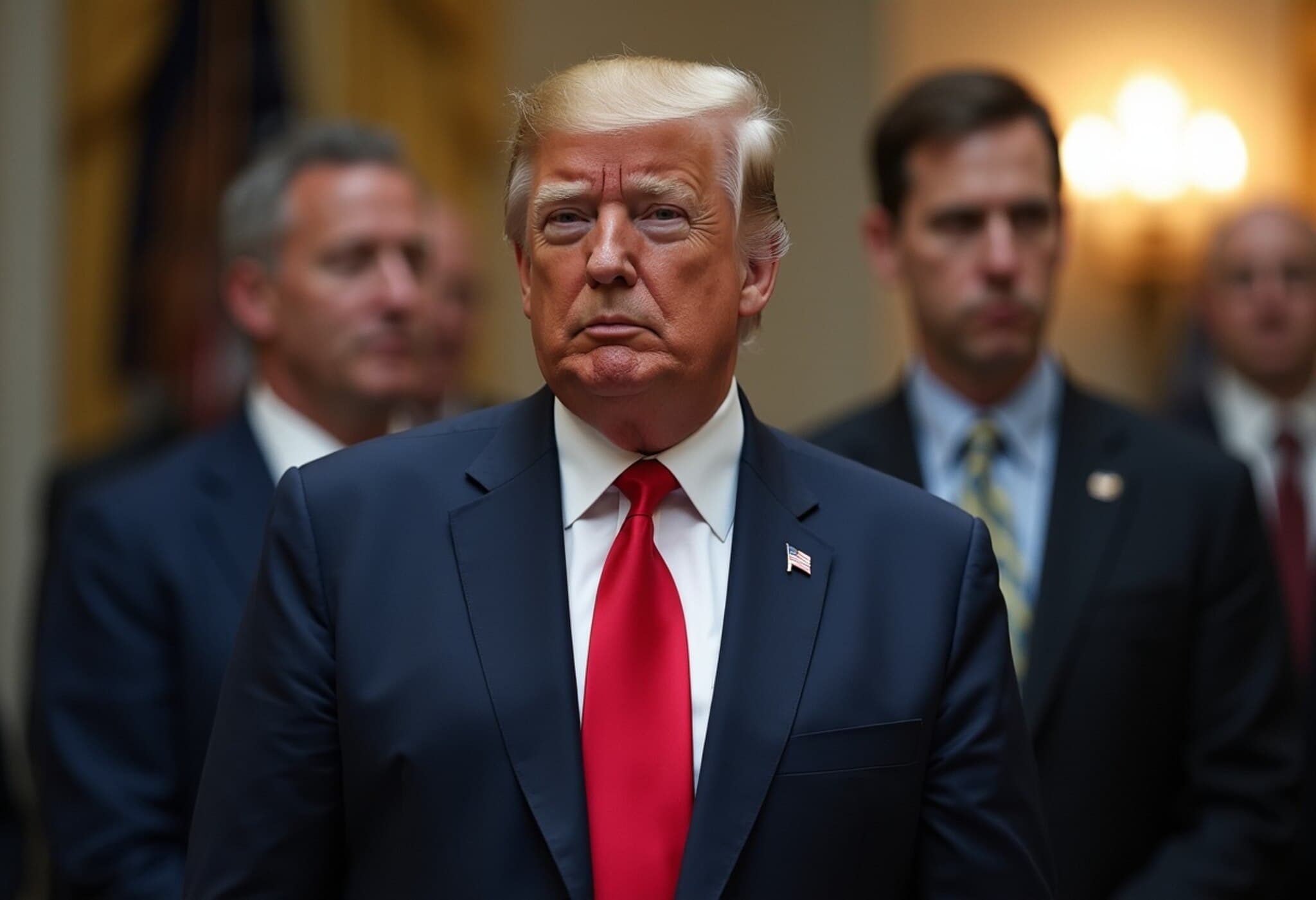EU and US Edge Closer to 15% Tariff Deal as Trade Tensions Rise
The European Union and the United States are currently making significant headway towards a new trade agreement that would see a standardized tariff rate of 15% imposed on European goods entering the US market. This potential pact closely follows a similar arrangement recently finalized between the United States and Japan, signaling a broader shift in America’s trade policy approach under recent administrations.
Background to the Developments
According to a Financial Times report, the negotiations are ongoing but progressing steadily. The context of these talks is crucial: the United States, under ongoing pressure to protect domestic industries and address trade imbalances, has expressed strong intent to impose tariffs on foreign imports, particularly from longstanding partners like the EU.
Simultaneously, the European Union is preparing a comprehensive countermeasure plan. Should negotiations stall or collapse by the August 1 deadline, the EU is ready to enact retaliatory tariffs that could reach up to 30% on approximately €93 billion ($109 billion) worth of US goods. This response underscores the high stakes and potential severity of escalating trade tensions on both sides of the Atlantic.
Economic and Policy Implications
From an economic viewpoint, the upcoming tariffs could reshape trade flows significantly. In 2024, the US imported over $55 billion in vehicles and auto parts from Japan and about €47.3 billion (roughly $55.45 billion) from the EU, highlighting how critical the automotive sector is in these discussions. Notably, American auto manufacturers have a much smaller footprint in EU and Japanese markets, raising concerns about the asymmetry in trade exposure.
These trade actions also bear extensive policy implications for transatlantic relations. Experts warn that imposing harsh tariffs risks triggering a tit-for-tat escalation, which could hamper global supply chains already strained by recent disruptions, hurting consumers and businesses alike. Many industry leaders advocate for a negotiated settlement that maintains stability while addressing legitimate trade grievances.
Expert Commentary and Underreported Angles
Trade analyst Dr. Samantha Reid, from Georgetown University, emphasizes, "This emerging 15% tariff framework seems like a compromise aiming to balance domestic pressures in the US with the need to sustain essential trade partnerships. However, the timetable is tight, and political dynamics on both sides could still upend progress."
Moreover, there is a growing debate on how these tariffs will affect small and medium-sized enterprises (SMEs), which often lack the resources to absorb increased costs compared to multinational corporations. This nuance often gets overshadowed in high-level trade talks but is critical for economic inclusivity and future resilience.
Looking Ahead
With talks set against a backdrop of heightened geopolitical uncertainties, including other protectionist moves globally, the outcome of this agreement will have wide-reaching consequences. Both parties publicly stress their preference to avoid damaging tariff wars, yet the looming August 1 deadline injects urgency.
Washington and Brussels are thus at a crucial crossroads: either finalize a deal setting a moderate tariff band that could stabilize the market or face retaliatory measures that could spiral into prolonged economic friction. Observers advise closely monitoring official statements and trade data in the coming weeks for clearer signals.
Editor’s Note
The unfolding EU-US tariff discussions underscore a pivotal moment in international trade relations. While the prospect of a 15% tariff deal may appear as a middle ground, underlying economic and political pressures suggest complex negotiations ahead. Readers should consider the broader impacts beyond headline tariffs—specifically how smaller businesses and consumers might bear the brunt of protectionist policies. As lawmakers rush towards the August deadline, the balance between economic nationalism and global cooperation remains a delicate, evolving challenge.


